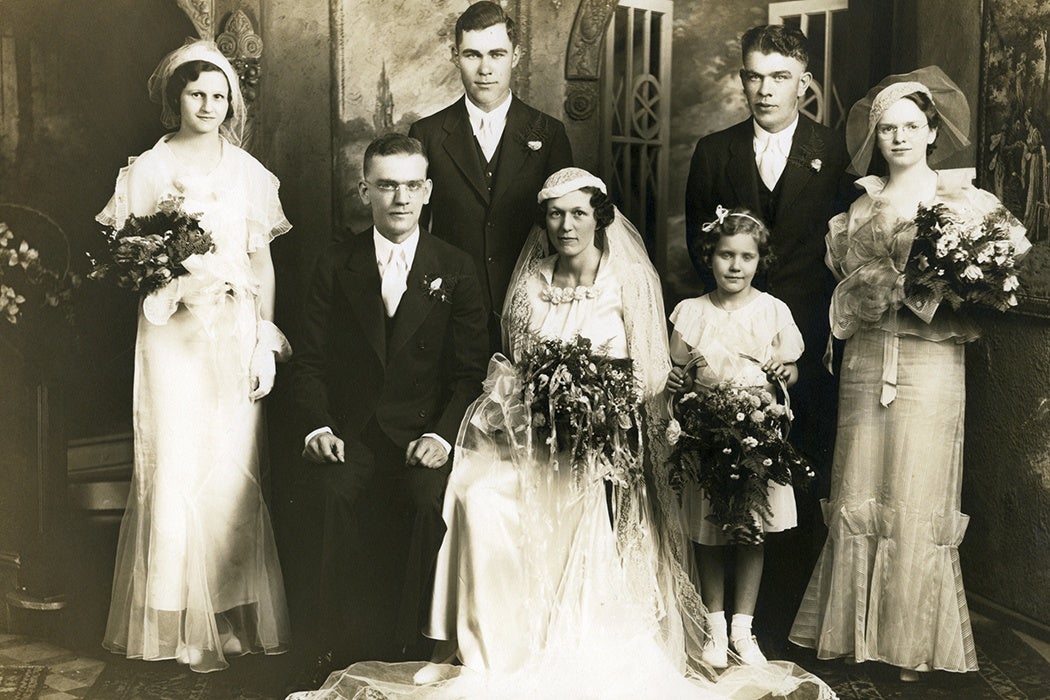Marriage in the U.S. is a somewhat individualistic institution, in which men and women are urged to develop themselves as people, as well as partners. But that’s a relatively new development, particularly for women. In a 1988 paper, Francesca M. Cancian and Steven L. Gordon trace changes in our cultural conception of marriage between 1900 and the 1970s.
Cancian and Gordon note that advice about marriage has been overwhelmingly directed toward women. Looking at a random sample of articles giving advice for happy marriages in popular U.S. magazines, they considered how the writers advised wives to handle their emotions.
At the start of the century, writers tended to focus on characteristics of the ideal marriage, rather than on hurdles real couples might encounter. Many articles evoked “God’s design” for marriage and discussed innate male and female temperaments.
By the 1920s and ‘30s, advice became more secular, but still intensely gendered. Wives were urged to avoid conflict, persuading their husbands with tears and love, while helping them to control their own natural, male anger. “It is the naggers, the neurotics, the peevish, fretful, complaining, dissatisfied wives who are always losing their husbands to the yes-ladies,” one writer warned in 1932.
Throughout the first 60 years of the century, writers frequently called for women to sacrifice themselves for their marriage, including pretending to enjoy sex that they did not want, or even hated.
“What may seem to an unimaginative, inhibited woman like brutality is often pure intensity of want because her husband finds her unbearable attractive,” an article in the magazine Coronet told readers in 1957. “Most women—if they know this—can find a great joy themselves in their husband’s violent need of them.”
It wasn’t until the mid-1960s that magazines began urging wives to express negative, as well as positive, feelings. Repressing anger could lead couples to be “frightened by the extent of each other’s pent-up anger,” one writer warned in 1969.
As women gained social and economic power through the feminist movement, magazines encouraged them to defend their own goals and interests within their marriages. Now, women were told that true love came only from both parties expressing their autonomous selves. The relaxing of marriage norms was clear in a 1967 Reader’s Digest article that gave permission for both partners to flirt with others outside of their partner. And yet, it also warned that men were more prone to both jealous anger and lust. This made it the wife’s job to police her husband’s emotions as well as her own.
Today, nearly 30 years after this paper was published, few advice-givers would argue that wives should be any more self-sacrificing than husbands. But a quick glance at the covers of men’s and women’s magazines shows that the cultural responsibility for a successful marriage remains with women.







